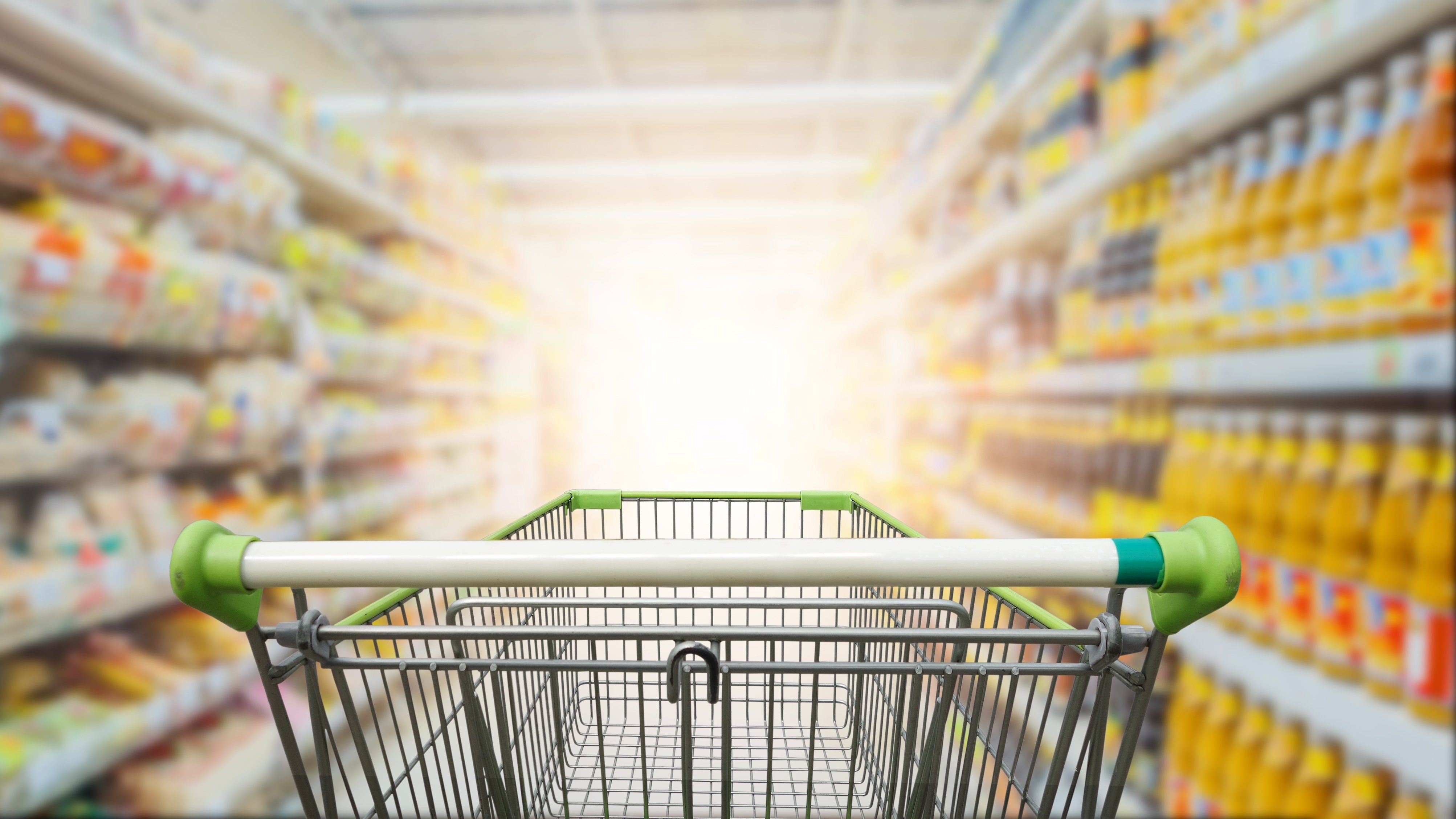Retail

Retail trade is the business activity of selling goods or providing services directly to end consumers for their personal, non-commercial use.
Based on the fact that retail sales are carried out through retail enterprises, which require the maintenance of retail space, an extensive staff of employees, a large number of goods available in the hall and in the warehouse, the cost of goods increases. To cover costs and make a profit, a trade margin is applied. The amount of the margin is regulated by the general state of the market or state regulation of prices (for certain categories of goods and services). For goods (services) that are not regulated by the state, the markup can range from 30% to 200% or more.
Most often, a cash register is used to confirm the fact of purchase in retail enterprises (except in cases where the use of a cash register is not possible or when selling through a vending machine), which prints two receipts. In this case, one is given to the buyer, and the second is kept by the seller.
Cashier's receipts must contain:
the name of the trading company,
cost of goods (services),
the amount of value added tax with an indication of the tax rate,
Date and time of sale.
In addition, the cashier's receipt may contain a list of purchased goods. If there is no list of purchases in the receipt, it may be accompanied by a delivery note and/or an invoice indicating the goods purchased.
The history of retail goes back a long way. People exchanged goods and services. The first form of retail trade was trade in market squares. Fairs were held less frequently, but were larger than ordinary markets, they provided an opportunity to buy goods from distant regions. As trade grew in the cities, the markets became larger and were often fixed in one place in the form of special covered buildings. Shoemakers, tailors, bakers often offered goods to the buyer from the window of the workshop facing the street, at first only in the period between market days. By the 18th century, shops selling everyday goods appeared.
In the 19th century, department stores appeared. Their inventors are called Aristide Boucicaut (French)Rus., who in 1872 opened a department store in Paris called "Au Bon Marché" and Charles Digby Harrod, who transformed his father's Harrods store into a department store by 1880.
In the U.S., store chains began with the founding of The Great Atlantic and Pacific Tea Company (A&P) in 1859. By the early 1920s, three national chains competed in the U.S.: A&P, Woolworth's, and United Cigar Storesruen.
The first person to think about controlling cash flow in a multi-vendor establishment was James Jacob Ritty, owner of the Pony House bar in Dayton, Ohio, which opened in 1871. The popular establishment stubbornly did not make a profit, as the staff regularly pocketed the proceeds, and the dismissal and hiring of new people did not solve the problem. On a voyage from the U.S. to Europe, Ritty looked into a ship's engine room one day and saw a tachometer that gave him the idea of keeping track of the money he receives from customers in the same way that a tachometer takes into account the number of revolutions of a propeller shaft. In 1879, Ritty invented the cash register. Ritty patented his invention and sold it to John Henry Patterson, who formed the National Cash Register Company in 1884. By 1911, NCR was selling more than one million cash registers a year.
Back in the 15th and 16th centuries in Germany, wealthy meat shopkeepers created chains of meat shops under a single sign.
In 1901, the Walgreens pharmacy chain appeared in Chicago, which by 1913 already had 5 pharmacies. The first two self-service stores with direct access to goods were opened independently in 1912 in California. In 1916, the American supermarket chain Piggly Wiggly was born in Memphisruen, which seven years later already had 2800 stores. By the end of the 1930s, there were several thousand self-service outlets in the United States.
In the mid-1970s, the French retail chain Carrefour first introduced products under the chain's own trademark.
Trade needed to automate the accounting of goods. In 1974, the first sale of goods with a scanned barcode took place. By 1984, 33% of U.S. stores had barcode scanners.
In 1992, Charles Stack founded the first online store books.comruen on the sale of books. In 1994, the online store Amazon appeared. In the 21st century, e-commerce is developing rapidly.
- Arts
- Business
- Computers
- Games
- Health
- Home
- Kids and Teens
- Money
- News
- Recreation
- Reference
- Regional
- Science
- Shopping
- Society
- Sports
- Бизнес
- Деньги
- Дом
- Досуг
- Здоровье
- Игры
- Искусство
- Источники информации
- Компьютеры
- Наука
- Новости и СМИ
- Общество
- Покупки
- Спорт
- Страны и регионы
- World


